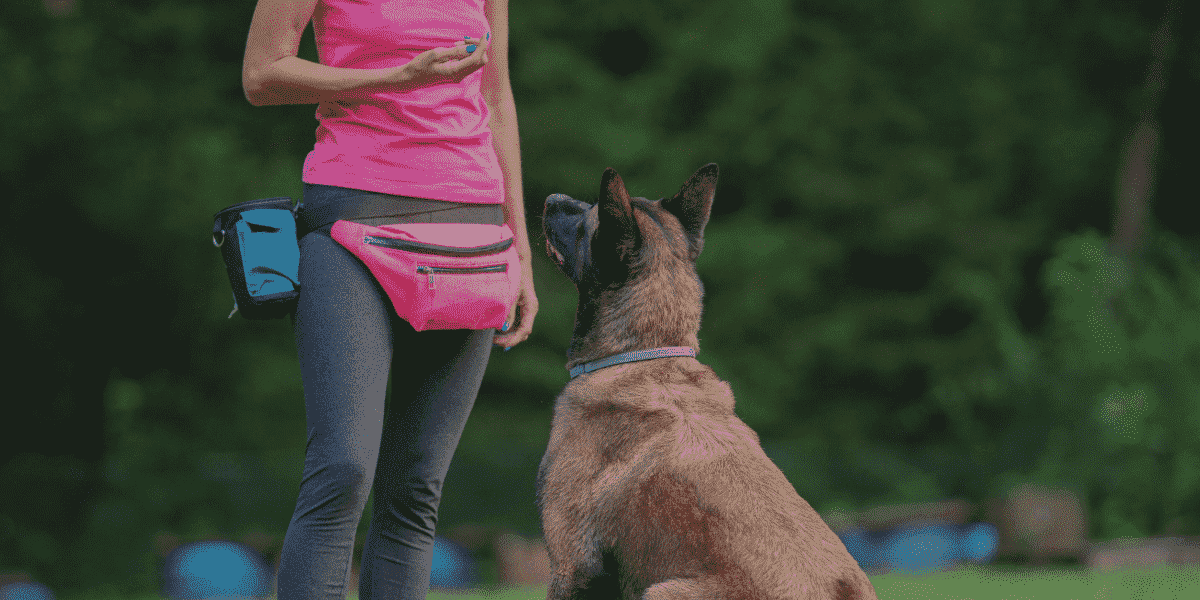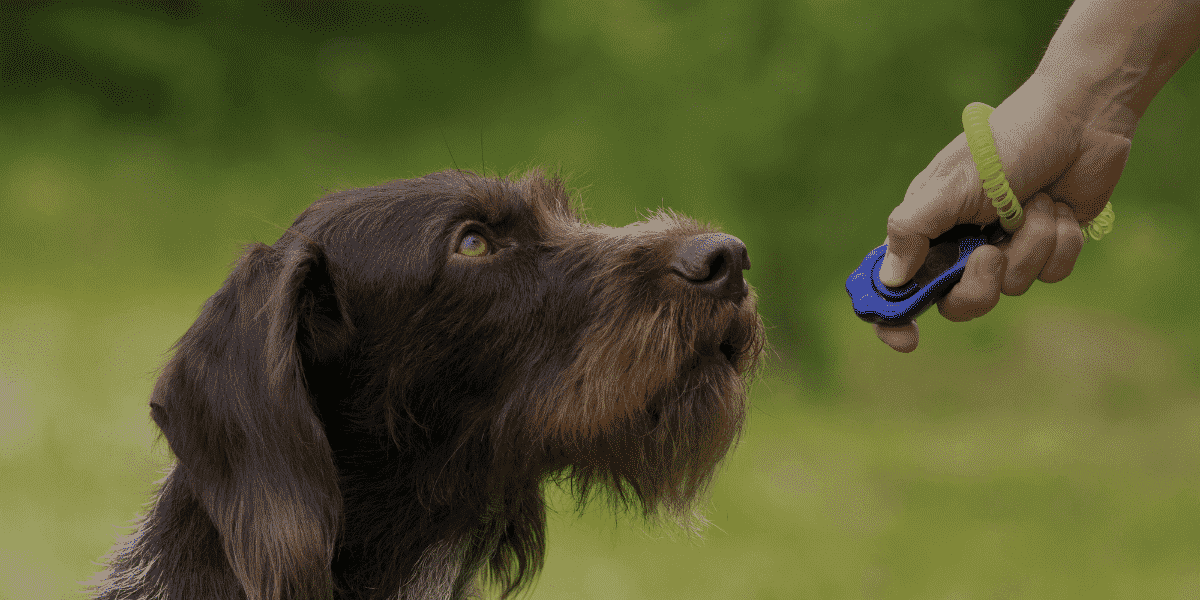When it comes to training your furry companion, target training is an invaluable technique that can significantly enhance your dog’s learning experience. This method, rooted in positive reinforcement, focuses on teaching your dog to touch or interact with a specific object, often referred to as a “target.”
This targeted interaction not only promotes mental stimulation but also strengthens the bond between you and your canine friend.
In this blog post, we will delve into the world of target training and provide you with a step-by-step approach to mastering this effective technique.
What are the Basics of Target Training That Need to Be Understood?
Target training is a versatile approach that can be applied to various aspects of your dog’s education, from basic commands to complex tricks. The concept revolves around associating the act of touching the target with a reward, usually a treat or praise.
The target itself can be anything distinct, such as a stick, a cone, or even your hand. The key is consistency and clarity in signaling to your dog that touching the target is the desired behavior.
Step-by-Step Guide to Successful Target Training
Choose Your Target Object
Selecting the right target object is crucial for your dog’s understanding and engagement. Opt for an object that contrasts with its surroundings, making it easily recognizable. A small, handheld object like a wooden dowel or a foam ball can work wonders.
Introduce the Target
In the initial stages, keep the target object within your dog’s view without forcing any interaction. Allow your dog to investigate and sniff the target at its own pace.
This step helps your dog become familiar with the object and builds curiosity.
Reward for Interaction
The cornerstone of target training is positive reinforcement. When your dog voluntarily interacts with the target, reward the behavior promptly. Use treats, praise, or a combination of both to reinforce the idea that touching the target is rewarding.

Associating the Touch with a Command
Once your dog is consistently touching the target, introduce a command such as “touch” or “target.” Repeating this command while your dog interacts with the target helps them connect the action with the word.
Gradual Movement
As your dog becomes comfortable with the target, start moving it slightly, encouraging your dog to follow. This step helps your dog understand that the target can be touched even when it’s not stationary.
Shaping More Complex Behaviors
Target training can be taken to the next level by shaping more complex behaviors. For instance, you can guide your dog to touch the target with its paw, or nose, or even perform a sequence of actions.
Each successful attempt should be met with enthusiastic rewards.
What Are The Benefits of Target Training?
Target training offers a myriad of benefits beyond just learning new tricks. Here are some ways this technique can enhance your dog’s overall development:
Mental Stimulation: Target training engages your dog’s mind, encouraging them to think and solve problems. This mental exercise is as important as physical activity for a well-rounded, happy pup.
Focus and Attention: By honing in on the target, your dog learns to concentrate on specific cues. This heightened focus can be particularly helpful in curbing distractions and improving responsiveness to your commands.
Bond Strengthening: The process of target training involves a close interaction between you and your dog. This shared activity fosters trust and deepens the bond you share, which is the foundation of a strong companionship.
Versatility: Once your dog grasps the concept of target training, you can apply it creatively to various situations. Whether it’s teaching your dog to close doors, turn off lights, or even navigate obstacles, the possibilities are endless.
What Troubleshooting and Tips Should Be Considered?
As with any training method, target training might encounter some hurdles along the way. Here are a few troubleshooting tips to ensure a smooth learning journey:
1. Patience is Key
Every dog learns at its own pace. Be patient and avoid rushing through the steps. Celebrate even the smallest successes.
2. Keep Sessions Short and Positive
Training sessions should be kept short to prevent your dog from becoming bored or frustrated. End each session on a positive note to keep your dog eager for the next session.
3. Gradually Increase Difficulty
Once your dog masters the basics, gradually introduce variations and challenges. This keeps the training engaging and prevents plateauing.
You may also want to check if you don’t know how to create a daily training routine for your dog!
Conclusion
If you’re looking for a way to enhance your dog’s learning capabilities, you should consider using target training. This type of training helps your dog learn how to associate specific behaviors with positive rewards, which can improve his overall temperament and obedience.
If you’re interested in trying target training out with your dog, I recommend checking out the resources available online. I think you’ll be impressed by the results!
Thanks for reading, and I look forward to hearing from you in the comments below!

